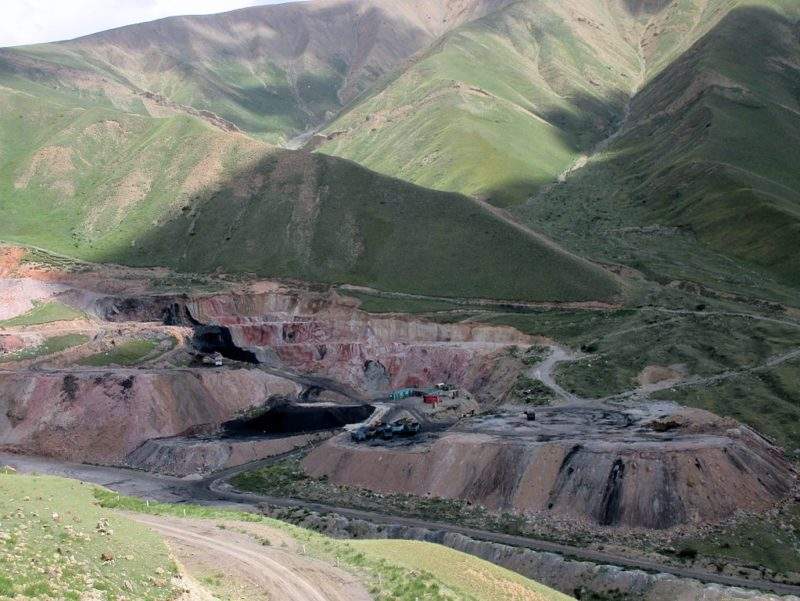
Last week, the European Bank for Reconstruction and Development (EBRD) hosted a pledging event to raise money for an international fund to tackle the damaging consequences of uranium mining in central Asia.
The fund, known as the Environmental Remediation Account for Central Asia (ERA) was established by the European Commission in 2015 to collect funds to remediate former mining sites in the Kyrgyz Republic, Tajikistan and Uzbekistan.

Discover B2B Marketing That Performs
Combine business intelligence and editorial excellence to reach engaged professionals across 36 leading media platforms.
The EBRD has struggled to secure funding for rehabilitation projects since the inception of the ERA, but the success of last week’s event has created cause for optimism the European Commission alone increased its pledge by €10m, with Belgium, Lithuania, Norway, Switzerland and the US all making further contributions.
“We are grateful for the international community’s renewed display of solidarity with Central Asia,” said EBRD director of nuclear safety Balthasar Lindauer. “This commitment gives us a boost to progress with our work which will enter the implementation period next year.”
The ERA will be used to fund the rehabilitation of disused mining land, as well as establish criteria for feasibility studies and environmental impact assessments relating to operations beyond the scope of the EBRD.
The bank has already reached agreements with the Kyrgyz Ministry of Emergency Situations and the Uzbek Institute of Nuclear Physics to ensure the dangers of uranium mining are limited in the future.

US Tariffs are shifting - will you react or anticipate?
Don’t let policy changes catch you off guard. Stay proactive with real-time data and expert analysis.
By GlobalDataAll three states are former members of the Soviet Union, and their land was frequently used for uranium mining during the 20th century. According to the World Nuclear Association (WNA), more than 9,000 tonnes of uranium were produced in the Kyrgyz Republic during the Soviet era, between 1946 and 1967.
However, since the collapse of the Soviet Union and the exhaustion of these countries’ uranium reserves, untreated uranium tailings have built up. The WNA reports that Tajikistan has over 32 million cubic metres of tailings, much of which was not treated and simply buried in tailings dumps in 1990.
The town of Taboshar is located just 4km away from an abandoned mine site, which the WNA estimates is responsible for 4.5 million cubic metres of untreated tailings.
These waste materials pose a significant risk to human health, as ingesting uranium can lead to kidney and lung damage in humans. The EBRD also notes that many of these disused uranium sites are located along the tributaries of the Syr Darya river, with potential for water pollution in the Fergana Valley region, which is supplied by the river, high.
“Work on environmental remediation is at a crucial stage,” said ERA Fund Assembly chair Adriaan van der Meer. “Most plans for actual remediation in priority areas in Central Asia are now ready and independently reviewed.”
“I support the call from the Central Asian countries to the international community to make the necessary financial means available so that the actual environmental clean-up can start as soon as possible.”
Mining Technology’s Mining Safety content is supported by USA mining safety specialists Carroll Technologies Group.



